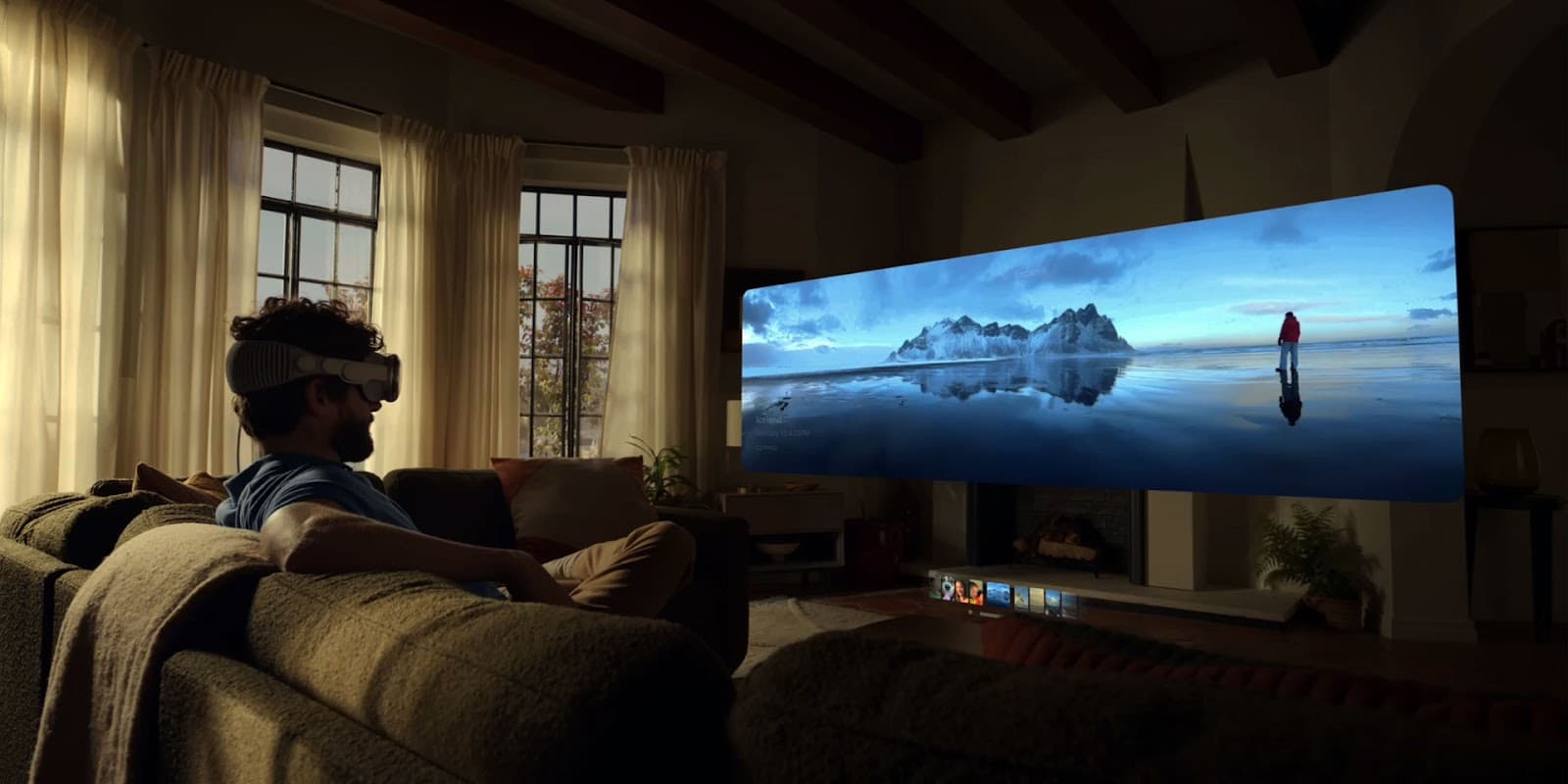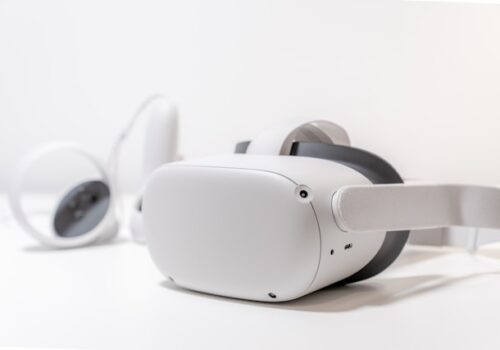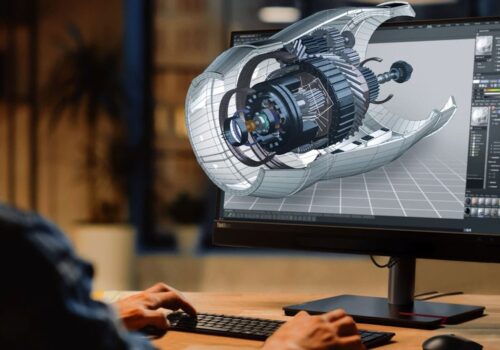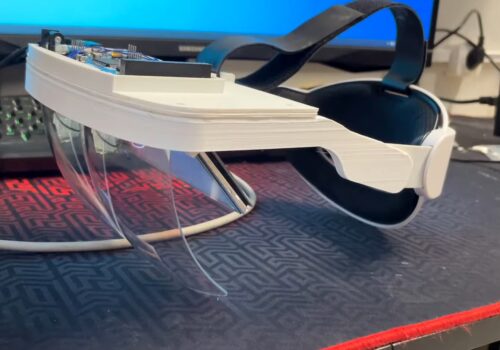The Challenges and Opportunities of 3D Video Streaming
3D streaming devices have been actively introduced into our world in recent years. Have you noticed how everyone is going crazy over the latest 3D TVs, game systems, and mobile devices? I’m amazed by how this technology has become so popular in just a few years. With more and more content being released in immersive 3D formats, like movies and sports events, there’s a huge demand for streaming platforms that can deliver top-quality 3D video.
Today, I want to explore some of the opportunities and challenges that come with making it a smooth and glitch-free experience.
The rise of 3D video streaming
As I touched on earlier, 3D streaming technology has totally exploded over the past few years. But what has led to the sudden mainstream emergence of this innovative tech? For starters, consumer devices have finally caught up in processing power and display quality to support smooth, visually convincing 3D content. As more phones, tablets, computers, and especially televisions adopt high-resolution 3D-capable screens and graphics chips, streaming immersive media is possible in homes worldwide.
In addition, the entertainment industry has also started to enter this technology niche in a big way. All the hottest new blockbuster flicks and video games have incredible 3D graphics and effects to reel in audiences. And the sports broadcasting peeps are also increasingly adopting 3D technology to make events feel more like you’re there in person. As the amount of premium 3D content grows exponentially across industries, user expectations have also shot up for being able to access that content easily on their devices. 3D is no longer just a passing gimmick but a major player in entertainment tech that people expect seamless access to these days. It’s evolved from a novelty to a dominant force users want readily available on their personal devices of choice for both play and display.
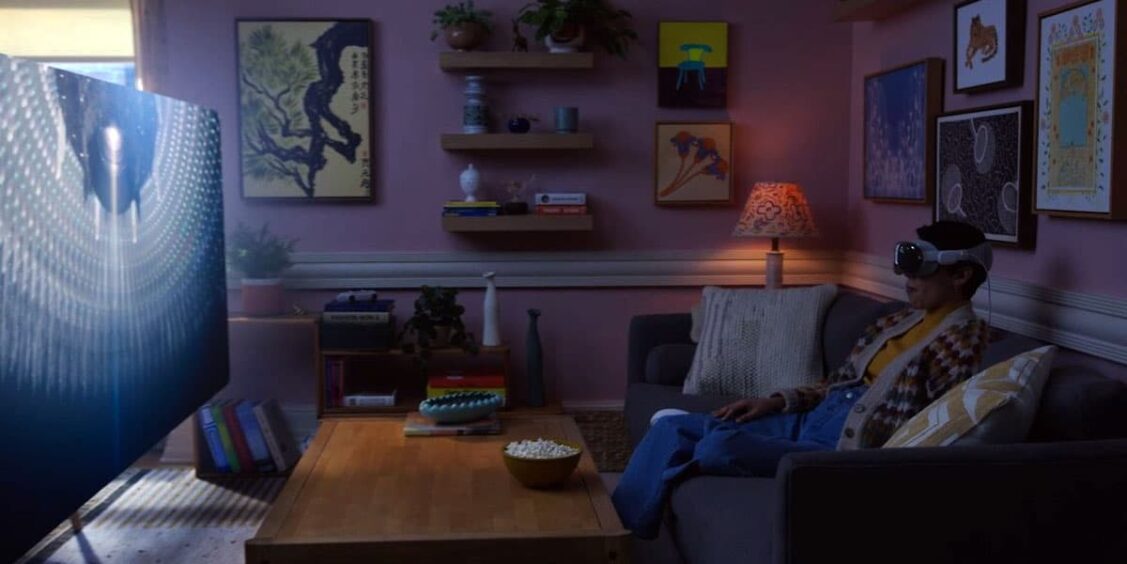
The technical challenges of 3D video streaming
First up is the big one: Increased Bandwidth Demand. Imagine trying to squeeze an elephant through a doggy door – that’s kind of what we’re dealing with here. 3D content is like sending two video streams (one for each eye) simultaneously for that cool stereoscopic effect. It’s a data hog, needing way more bandwidth than your regular videos.
Now, let’s talk about Encoding and Compression. This is where huge 3D video files are converted into smaller, more compact, and streaming files. It’s like fitting that elephant into a compact car – it sounds impossible, but with the right techniques, it’s doable. Efficient encoding and compression are paramount because nobody likes buffering or pixelated dinosaurs jumping off the screen.
Denon receivers are critical in decoding and processing these compressed 3D streams. They need to be powerful enough to handle this heavy lifting, ensuring that what you see is smooth, clear, and doesn’t feel like a throwback to the early days of the internet.
Lastly, these AV receivers have to play nicely with our home networks. If they don’t, it’s like having a supercar with no fuel – looks great but isn’t going anywhere. This interaction is essential for the seamless playback of 3D content.
And speaking of content, let’s not forget about the 3D content creation hurdles. Crafting 3D stuff is no cakewalk – it’s way more involved than old-school filming, demanding specific gear and insider skills. But that’s some backstage business left for another conversation.
Content creation and production challenges
Despite all their benefits, we also have some 3D content production challenges. In fact, it is not as simple as it may seem at first glance. Now I will try to tell you about these aspects in clear language.
For one, specialized 3D cameras and rigs are required to capture stereoscopic footage with depth properly. This gear doesn’t come cheap, so there’s more equipment cost required for 3D filmmaking. Using these setups also demands more specific expertise – you need camera operators and directors who deeply understand 3D video production principles. If the two simultaneous streams aren’t set up just right during filming, the 3D effect can appear distorted or forced.
And even after nailing the stereoscopic filming process, editing and post-production become more complex with 3D. Editors need to sync up and process dual streams while preserving depth perception. Color correction and VFX also require fine-tuning, so the 3D effect convincingly pops on screen. It’s an intricate, specialized pipeline. But when done right by experienced teams with the latest gear, the result is 3D content that leaps off the screen into your living room!
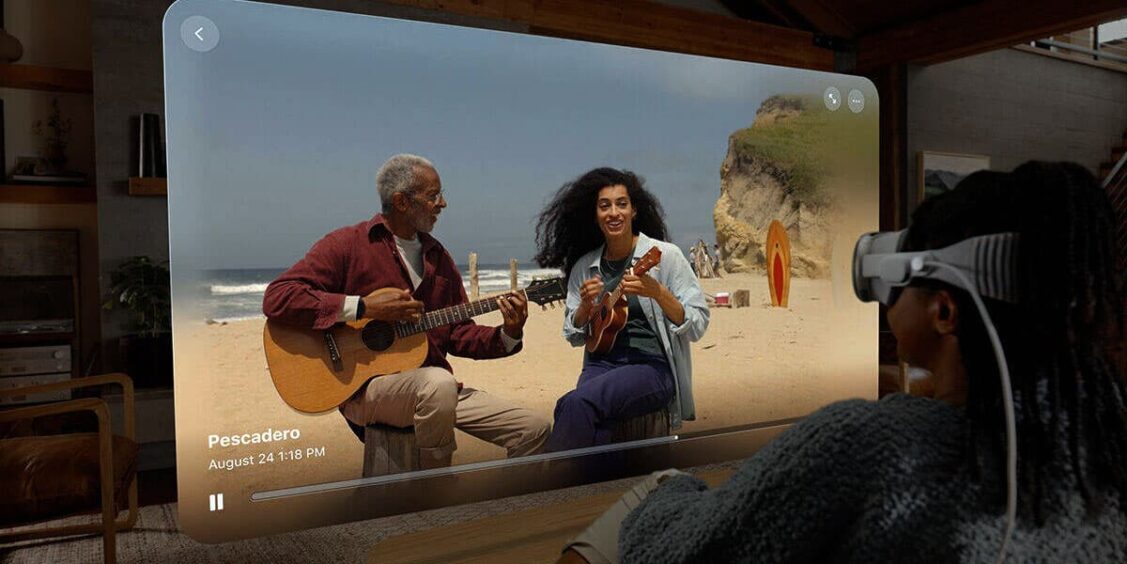
The future of 3D video streaming
When peeking into the future of high-quality 3D streaming, some truly groundbreaking developments on the horizon could dramatically change both entertainment and business landscapes. A major trend is the integration of 3D technology with augmented reality (AR) and virtual reality (VR) to achieve more immersive experiences. We’ve already seen some interactive AR experiments, like projecting 3D visuals right into living spaces. But as the tech evolves, expect AR to seamlessly blend 3D images and information into our real-time fields of view via devices like smart glasses.
Full VR visuals are also rapidly improving to create insanely lifelike and fully 3D virtual environments for both gaming and video. This will allow users to be completely transported into both fictional and real-world 3D streams as if they are actually there in person. The possibilities for virtual tourism, events, training programs, and more are endless. Even holographic 3D projections that can be seen without headsets are stepping closer to reality.
As these exotic forms of spatial 3D streaming mature, businesses could thrive by adopting the tech for marketing, retail, remote collaboration, and countless other applications. The core tech powering smooth stereoscopic 3D video over home internet networks will need to evolve to support these bandwidth-hungry applications continuously.
